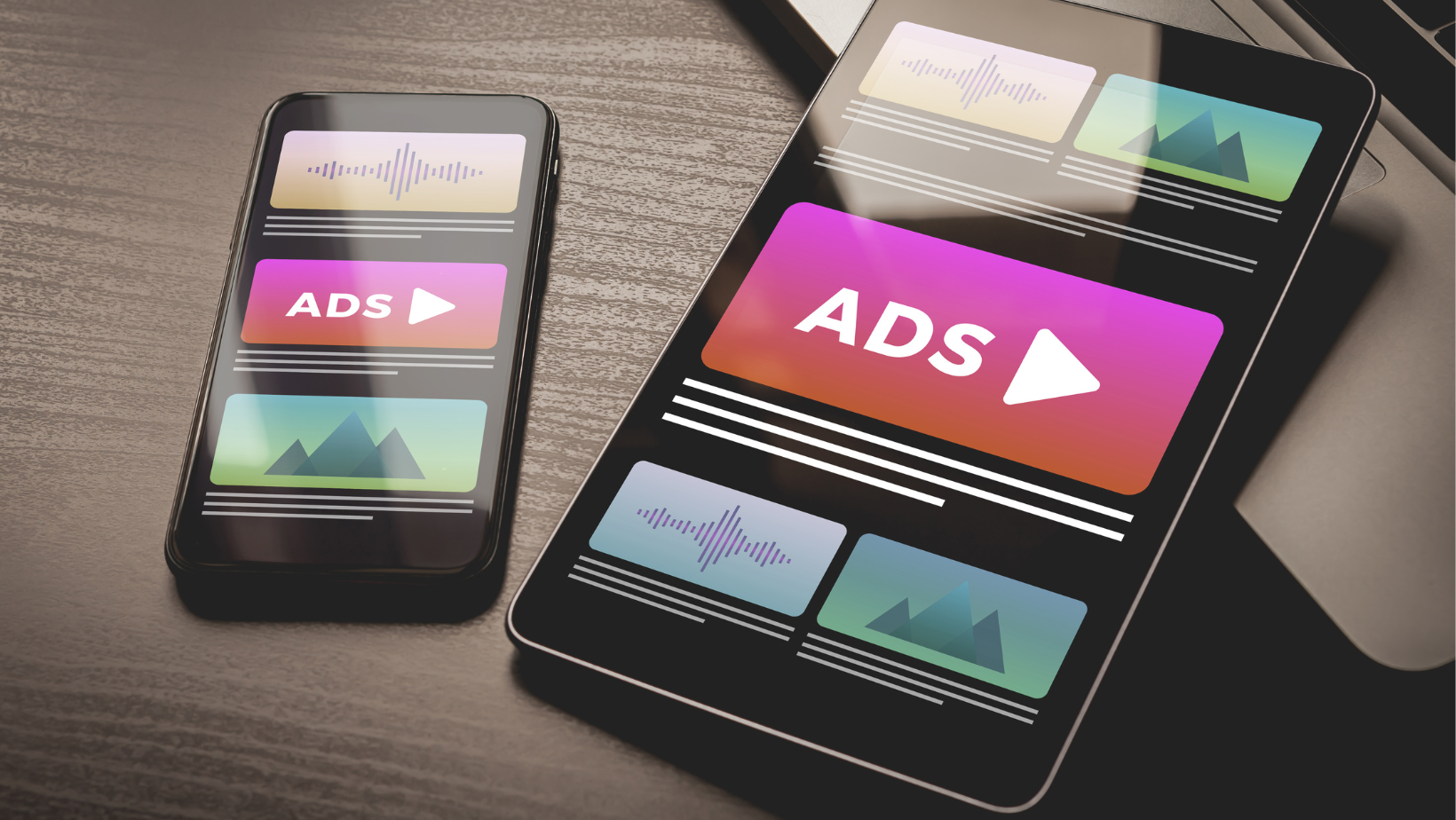Digital technology is constantly evolving every day. That being said, online marketing is something that many people see as the quickest way of selling something. Today, every click counts, and choosing the right advertising approach can make all the difference.
Native ads and display ads are two popular options, each with its unique strengths and potential for profitability. But sometimes, it can be confusing for marketers to understand which ads will be the best for their goals.
So, buckle up and get ready to find out everything you need to know about native ads, display ads, and which one of them will make you more money!
What are Native Ads?
Native ads, in simple terms, are a clever form of advertising that seamlessly blends into the content you're consuming. They're like chameleons of the advertising world, designed to look and feel like the stuff you're already reading or watching on a website or platform.
Think about those sponsored articles that pop up in your social media feed or the promotional content that seems to be a natural part of the webpage you're on. These are native ads in action. They don't disrupt your browsing experience with flashy banners or pop-ups; instead, they quietly slide into the flow of the content.
They're all about fitting in while delivering a marketing message, so you might not even notice you're looking at an ad until you've engaged with it. Native ads aim to provide a smoother and more enjoyable user experience compared to the traditional, in-your-face banner ads.
Benefits of Native Ads:
- Higher Engagement: Native ads tend to be less disruptive, encouraging users to engage with them. They often receive more clicks than display ads, as they seamlessly integrate with the content.
- Enhanced Trust: Because native ads appear as part of the organic content, users are more likely to trust the information they present, leading to higher conversions.
- Content Relevance: Native ads can be tailored to match the interests and preferences of the audience, ensuring that they are more relevant and appealing.
- Mobile Optimization: As more users access the internet via mobile devices, native ads can adapt to various screen sizes, making them a practical choice for targeting mobile users.
What Are Display Ads?
Display ads are the classic, eye-catching billboards of the digital world. You've probably seen them on websites – they're the visual ads that stand out from the surrounding content. Unlike native ads that blend in, display ads are all about making a bold statement.
These ads can appear at the top, sides, or bottom of a webpage and are designed to grab your attention with striking visuals. They're often used for building brand awareness because their vivid graphics leave a lasting impression.
Display Ads can be strategically placed across a network of websites, allowing businesses to reach a broader audience. If you've ever noticed an ad following you around the internet after you visited a particular website, that's the magic of display ads at work.
Benefits of Display Ads:
- Vivid Visuals: Display ads provide a canvas for visually stunning and eye-catching graphics, making them effective for brand awareness.
- Wider Reach: Display ads can be distributed across a network of websites, allowing you to reach a broader audience.
- Retargeting Capabilities: They are ideal for retargeting campaigns, reminding users of products or services they previously viewed, thereby increasing the chances of conversion.
- Cost-Effective: Display ads are often more cost-effective than native ads, making them a suitable choice for businesses with budget constraints.
What Will Give You More Profit?
Now, the million-dollar question: which advertising method is more profitable? The answer lies in your marketing goals, target audience, and budget.
- If your goal is brand awareness and reaching a wide audience, display ads might be your go-to choice. Their visual appeal can leave a lasting impression on potential customers.
- For higher engagement and improved conversion rates, especially if you have a specific, niche audience, native ads are an excellent choice. They blend into the user's experience and provide valuable content that can lead to higher profits.
- If you're working with a limited budget, display ads may be more cost-effective. You can spread your advertising dollars further across a network of websites, potentially increasing your chances of profitability.
- For mobile-first or mobile-only audiences, native ads are designed to fit seamlessly into the mobile experience, making them a strong contender.
- Consider A/B testing: The best way to determine which option is more profitable for your specific business is to conduct A/B tests. Run simultaneous campaigns with native ads and display ads to compare their performance in your unique context.
When it comes to the Native Ads vs. Display Ads showdown, there's no one-fits-all solution for which one will pad your pockets better. Your pick should mesh with your marketing goals, the people you're trying to reach, and the cash you've got in the bank. If you play your cards right and put some thought into it, both native and display ads can grease the wheels of your profit machine.
So, in the world of online advertising, it's all about being flexible and ready to switch things up when necessary to make sure your investment pays off. Roll with the punches, and you'll likely find the sweet spot for your business.
Table of Content
Subscribe and follow






